Go the extra mile
Towards a cooler planet
How the USA's inflation reduction act drives climate action
11 January 2023
The United States made a significant step toward tackling climate change with the IRA, signed into law in 2022. This historic legislation dedicates $369 billion to renewable energy and emission reduction initiatives, making it the largest climate investment in U.S. history.
The IRA focuses on promoting renewable energy, enhancing energy efficiency, and cutting greenhouse gas emissions. Through financial incentives, policy reforms, and strategic partnerships, it aims to accelerate the transition to a sustainable economy.
This article explores the key aspects of the act, including its historical context, funding for renewable energy, energy-saving measures, emission reduction strategies, and job creation opportunities. It also examines how the IRA collaborates with local governments to address climate issues comprehensively.
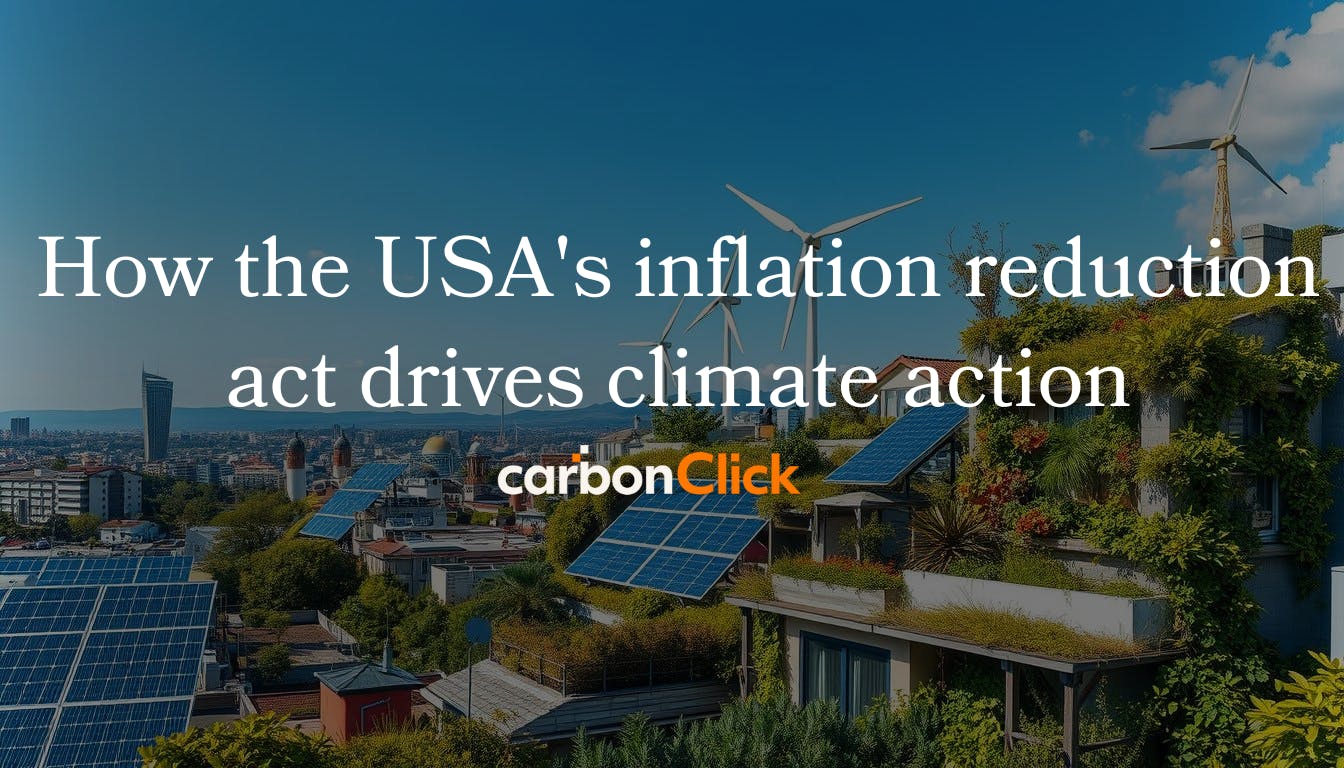
Historical context of climate legislation
The Inflation Reduction Act (IRA) marks a pivotal step in the United States' efforts to address climate change, building on decades of environmental policies. Understanding its significance requires examining the successes and shortcomings of previous legislation, which shaped the current approach to climate action.
The Clean Air Act of 1963, later expanded, was a foundational law in regulating greenhouse gases. While it spurred progress in environmental policy, it also revealed gaps that necessitated stronger and more targeted measures to combat climate change effectively.
Drawing inspiration from the global goals outlined in the 2015 Paris Agreement, the Act emphasizes the urgency of reducing greenhouse gas emissions. By aligning U.S. policies with international commitments, it reflects a renewed focus on renewable energy and emission reductions at home.
By learning from past initiatives, the IRA addresses historical challenges while leveraging prior achievements. This comprehensive approach aims to transform the country’s environmental policies, driving long-term sustainability and meaningful climate action.
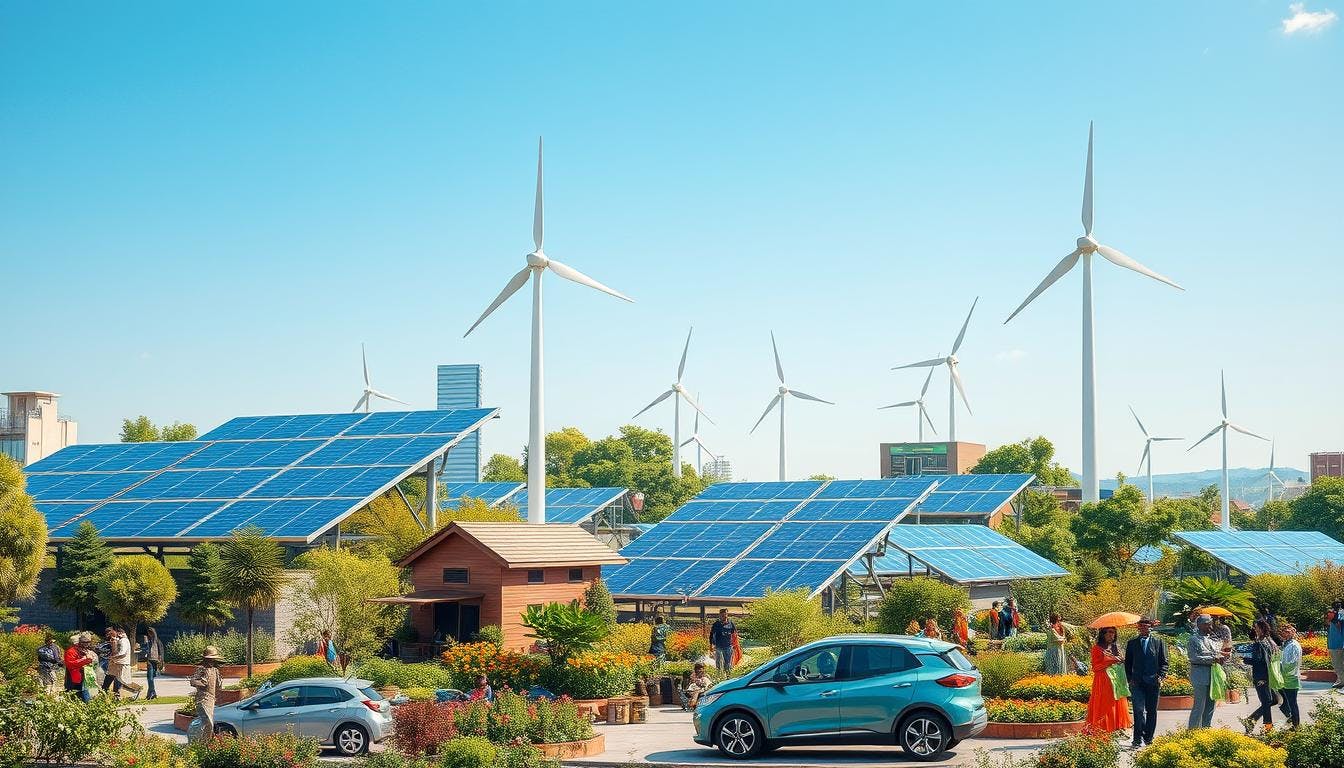
Financial incentives for renewable energy
The Act offers robust financial support to renewable energy projects, aiming to accelerate the transition to cleaner energy across the United States.
A key component of this support is renewable energy tax credits, which lower the cost of installing solar, wind, and geothermal systems for homeowners and businesses. These incentives make adopting renewable energy more affordable and accessible to a broader audience.
In addition to tax credits, the Act provides grants, loans, and other funding mechanisms to support renewable energy projects of varying sizes. This comprehensive financial assistance encourages growth and innovation in the sector.
By reducing costs and expanding access to renewable energy, these measures are expected to drive job creation, lower emissions, and solidify the U.S. position as a global leader in clean energy initiatives.
Promoting energy efficiency
The Act emphasizes energy efficiency improvements in homes, buildings, and transportation. It provides rebates and tax credits for upgrades like insulation, energy-efficient windows, heating and cooling systems, and appliances to help reduce energy consumption.
In transportation, the IRA offers incentives for purchasing electric vehicles (EVs), with up to $7,500 for new EVs and $4,000 for used ones. It also supports expanding EV charging infrastructure, making cleaner transportation options more accessible.
By supporting these initiatives, the IRA aims to cut greenhouse gas emissions while helping families and businesses save on energy costs, driving the transition to a low-carbon economy.
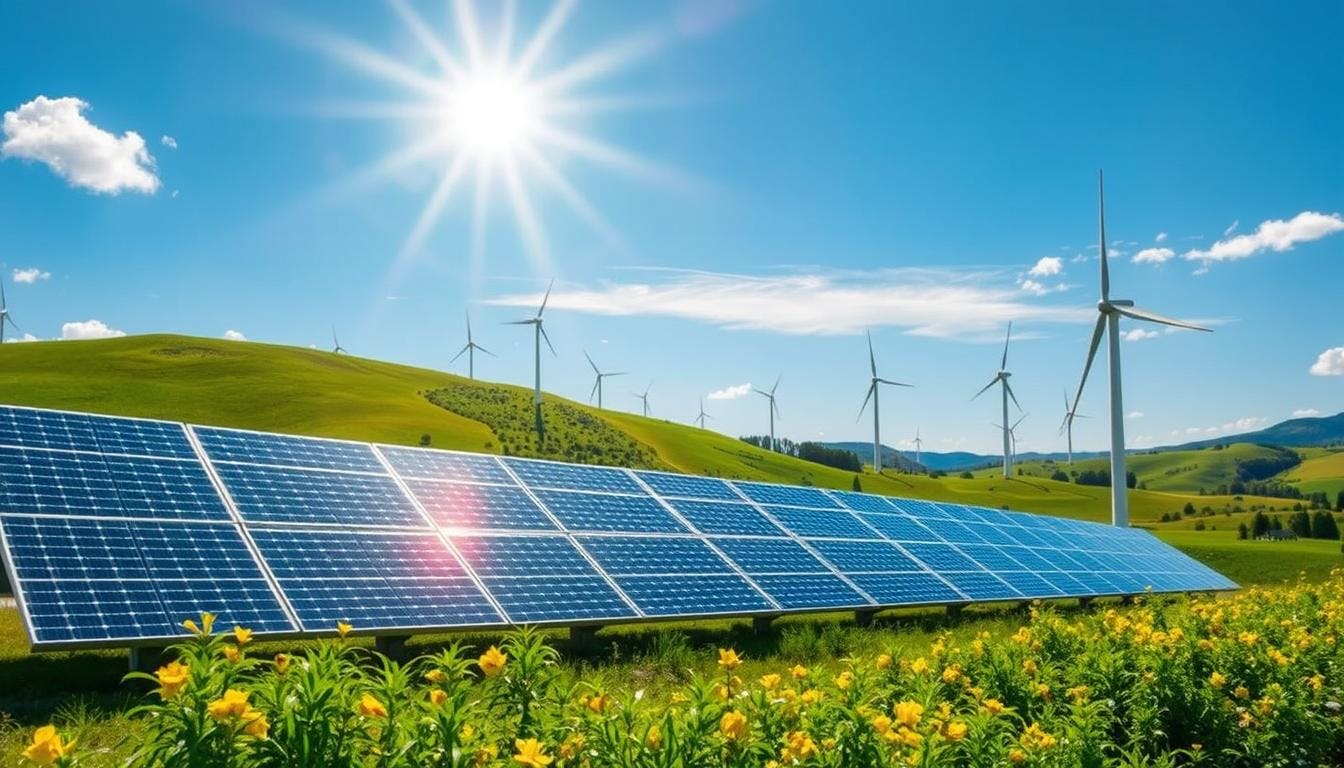
Addressing emissions reductions
The IRA tackles greenhouse gas emissions across multiple sectors, placing particular emphasis on reducing methane, one of the most potent greenhouse gases. New regulations and incentives are included to help the oil and gas industry detect and repair methane leaks effectively.
To further support emission reductions, the Act aids sustainable manufacturing by providing financial assistance for adopting energy-efficient technologies. These measures enable industries to lower their carbon emissions and operate more sustainably.
In agriculture, the IRA promotes practices such as carbon capture and precision farming to minimize environmental impact. These initiatives aim to cut emissions while helping farmers transition to more sustainable methods.
By addressing emissions comprehensively, the Act strengthens the United States’ position as a global leader in climate action. Its ultimate success will depend on the long-term effectiveness of these initiatives in reducing the nation’s carbon footprint.
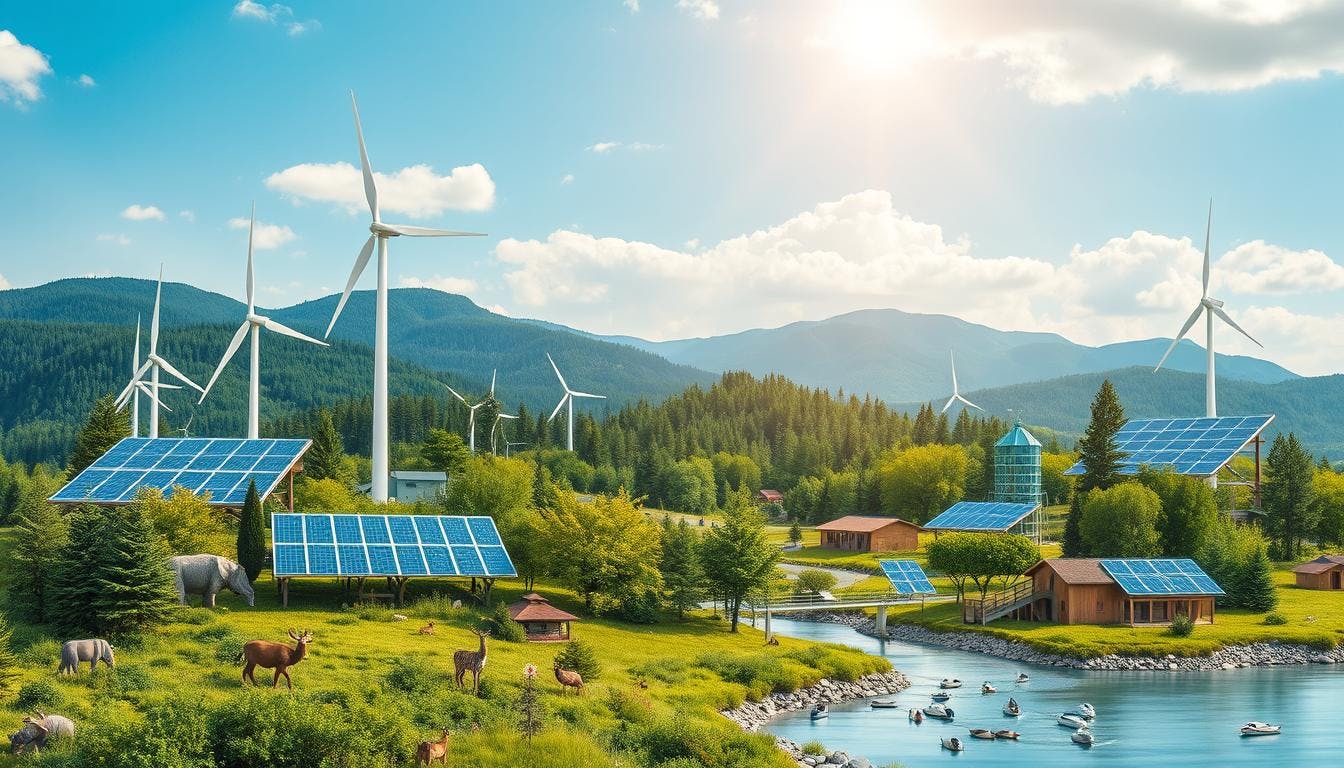
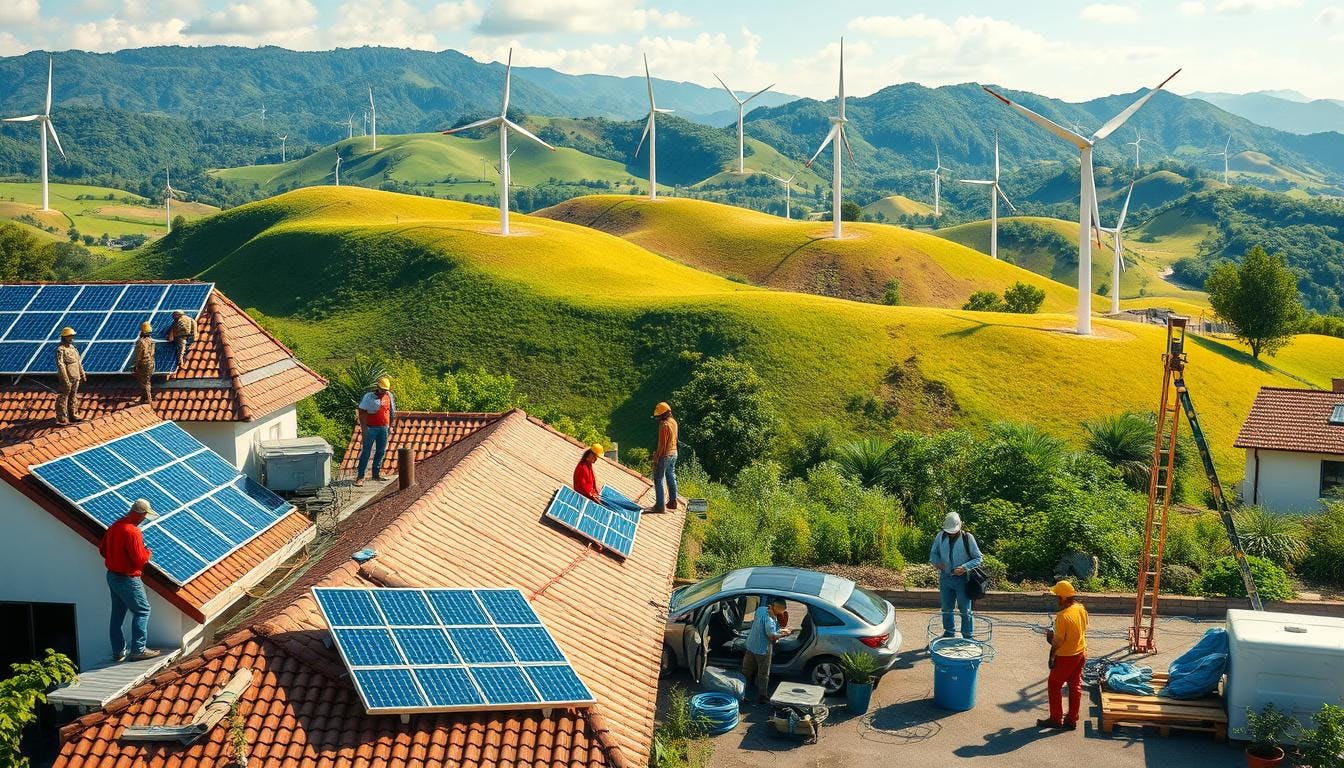
The impact on jobs and workforce development from the IRA
Significant investments in clean energy sectors like solar, wind, and electric vehicles are expected to generate a surge in job opportunities across the country. These developments promise economic growth while advancing the transition to renewable energy.
Worker training programs are also a key part of this strategy, providing individuals from traditional energy industries with the skills needed for roles in clean energy. This approach ensures stable, long-term employment options in a rapidly evolving economy.
By prioritizing job creation and workforce development, these initiatives address climate challenges while promoting a more equitable economy. Communities historically dependent on fossil fuels will have the chance to benefit from the shift to cleaner, sustainable energy solutions.
Community and environmental justice focus
Significant investments are being made in environmental justice, prioritizing support for community-led projects and reducing pollution in areas most affected by climate change, particularly disadvantaged communities.
One of the key initiatives focuses on clean energy solutions for low-income areas, including funding for solar panels, energy-efficient home improvements, and greater access to electric vehicles. Additionally, a $27 billion fund has been established to back local climate initiatives tailored to the specific needs of these communities.
These efforts demonstrate a commitment to inclusive climate action, ensuring that vulnerable populations share in the benefits of a more sustainable and equitable future.

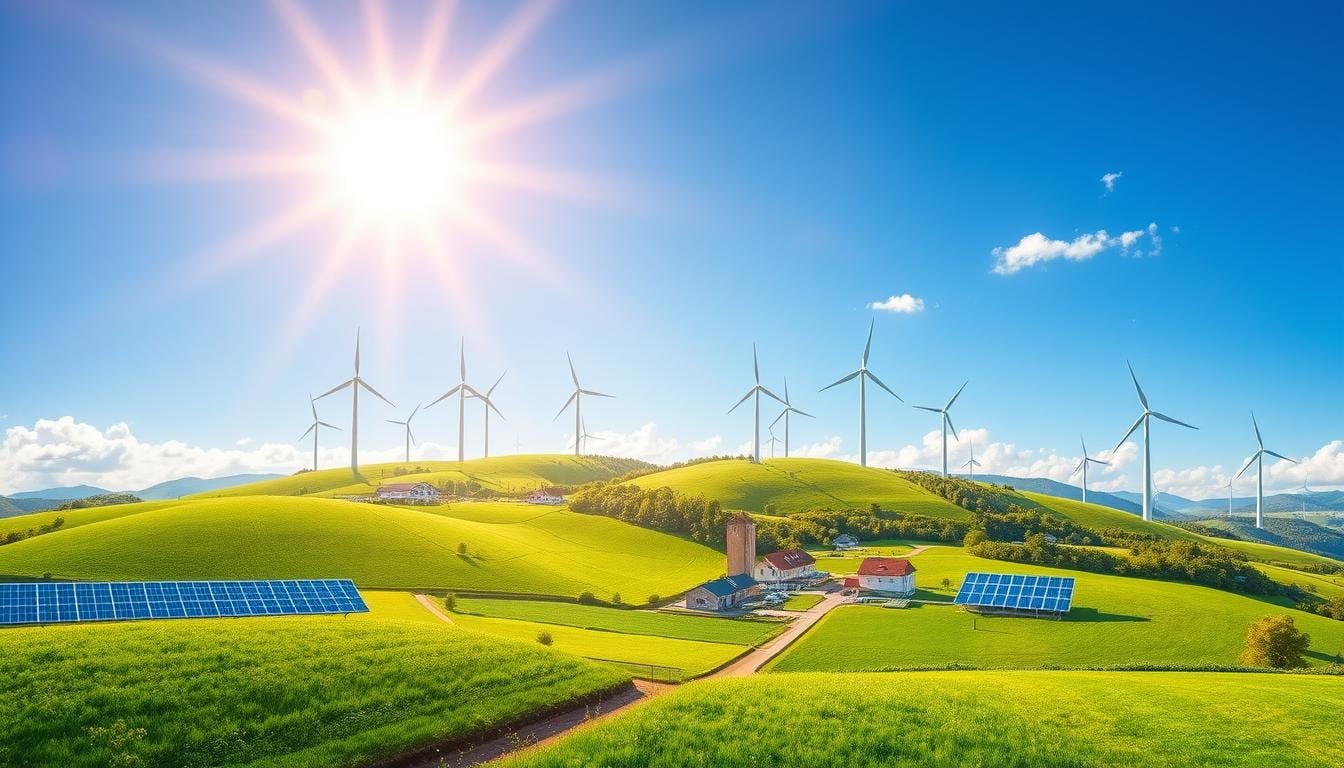
Partnerships with state and local governments
The Inflation Reduction Act encourages collaboration between federal, state, and local governments to maximize the impact of climate initiatives, such as renewable energy tax credits and financial incentives.
State and local governments can access funding to create tailored climate action plans, helping communities reduce emissions and transition to renewable energy more effectively.
This collaborative approach ensures that federal support aligns with local needs, enabling regions to address their unique environmental challenges and driving more effective climate action nationwide.
Future outlook of climate actions in the USA
The IRA marks a significant shift in U.S. climate policy, positioning the country as a leader in clean energy and emissions reduction. The law is expected to drive investment in solar, wind, and electric vehicle sectors, creating jobs and boosting economic growth while reducing pollution and enhancing energy independence.
The act’s success depends on cooperation between governments and stakeholders, as well as addressing challenges related to environmental justice, workforce training, and infrastructure development.
Ensuring these issues are tackled will help ensure the law’s benefits reach all communities.
17 South Street
Auckland 1010
New Zealand
info@carbonclick.com- -
- X
Sign up. Be inspired. Get clicking.
Subscribe now to stay up to date with CarbonClick, carbon offsetting and climate action.
By signing up you agree to our Privacy Policy.


